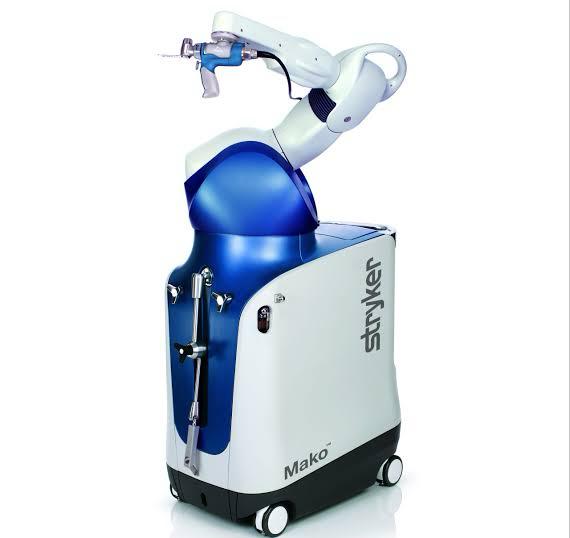Robotic Surgery

Robotic Surgery Services: Revolutionizing Minimally Invasive Surgery
Overview
Robotic surgery, also known as robot-assisted surgery, is a cutting-edge medical technology that enables surgeons to perform complex procedures with enhanced precision, dexterity, and control. This innovative approach combines the benefits of minimally invasive surgery with the advanced capabilities of robotic systems, resulting in faster recovery times, reduced scarring, and improved patient outcomes. Robotic surgery services are available for a wide range of specialties, including urology, gynecology, cardiothoracic surgery, and general surgery.
Indications for Robotic Surgery
Robotic surgery is suitable for various conditions, including:
- Cancer treatment: Robotic surgery is used to treat various types of cancer, such as prostate, kidney, and bladder cancer, as well as gynecologic cancers like ovarian and cervical cancer.
- Urologic disorders: Robotic surgery is used to treat conditions like kidney stones, bladder control issues, and benign prostatic hyperplasia (BPH).
- Gynecologic conditions: Robotic surgery is used to treat conditions like endometriosis, fibroids, and pelvic organ prolapse.
- Cardiothoracic conditions: Robotic surgery is used to treat conditions like coronary artery disease, mitral valve disease, and lung cancer.
- General surgery: Robotic surgery is used to perform procedures like cholecystectomy (gallbladder removal), hernia repair, and bowel resection.
Benefits of Robotic Surgery
The benefits of robotic surgery include:
- Enhanced precision: Robotic systems provide high-definition 3D visualization and precise instrument control, allowing for more accurate dissection and suturing.
- Minimally invasive: Robotic surgery is performed through small incisions, resulting in less tissue damage, reduced scarring, and faster recovery times.
- Reduced blood loss: Robotic surgery often results in less blood loss and reduced need for blood transfusions.
- Less post-operative pain: Robotic surgery typically results in less post-operative pain and discomfort.
- Shorter hospital stays: Robotic surgery often enables patients to return home sooner, reducing hospital stays and recovery time.
Robotic Surgery Procedure
The robotic surgery procedure typically involves the following steps:
- Pre-operative preparation: The patient is prepared for surgery, and the robotic system is set up and calibrated.
- Anesthesia: The patient is administered general anesthesia or regional anesthesia, depending on the procedure.
- Port placement: Small incisions are made to insert the robotic ports, which are used to introduce the robotic instruments.
- Robot docking: The robotic system is docked to the patient, and the surgeon controls the instruments from a console.
- Surgery: The surgeon performs the procedure using the robotic instruments, which provide precise control and dexterity.
- Closure: The incisions are closed, and the patient is taken to the recovery room.
Recovery and Rehabilitation
Recovery and rehabilitation after robotic surgery vary depending on the procedure and the individual’s overall health. In general, patients can expect:
- Shorter recovery time: Robotic surgery often results in faster recovery times compared to traditional open surgery.
- Less post-operative pain: Patients typically experience less post-operative pain and discomfort.
- Early mobilization: Patients are often encouraged to mobilize early, which helps to reduce the risk of complications and promotes faster recovery.
- Follow-up care: Patients are scheduled for follow-up appointments to monitor their progress and remove any sutures or staples.
Risks and Complications
While robotic surgery is generally safe and effective, there are potential risks and complications, including:
- Infection
- Bleeding or hemorrhage
- Instrument malfunction
- Nerve or tissue damage
- Adverse reaction to anesthesia
However, these risks are relatively rare, and the benefits of robotic surgery often outweigh the potential risks.
Conclusion
Robotic surgery services offer a revolutionary approach to minimally invasive surgery, providing patients with enhanced precision, reduced scarring, and faster recovery times. With its advanced technology and improved outcomes, robotic surgery is becoming an increasingly popular choice for patients seeking treatment for a wide range of conditions. As robotic surgery continues to evolve, it is likely to play an even more significant role in shaping the future of surgical care.
